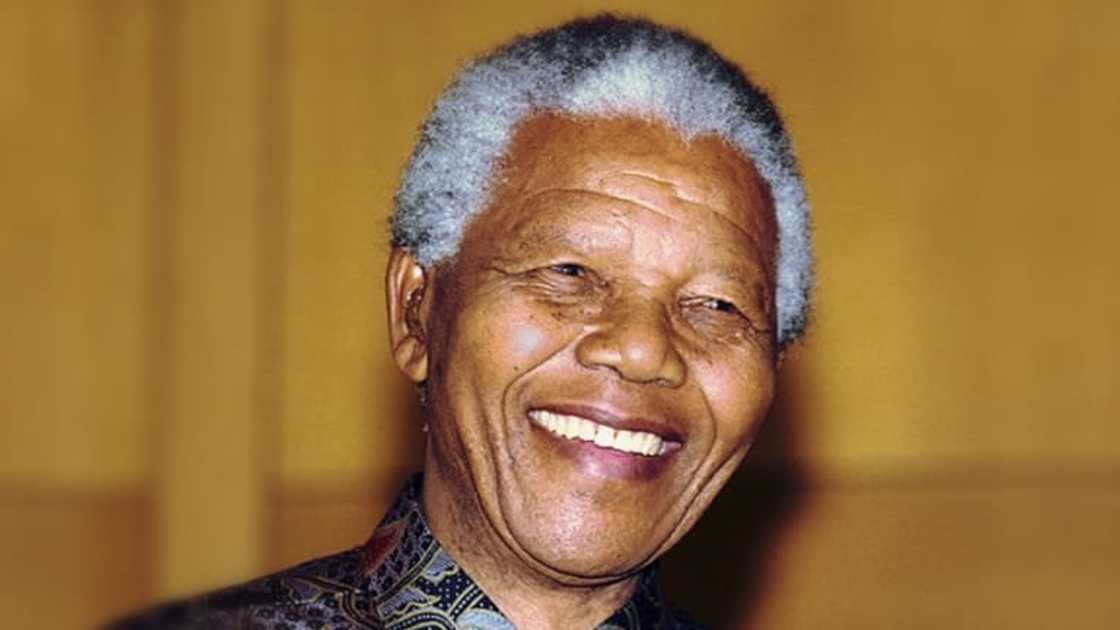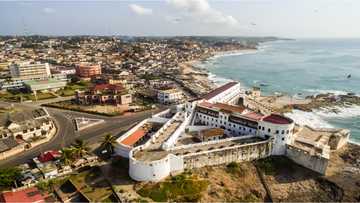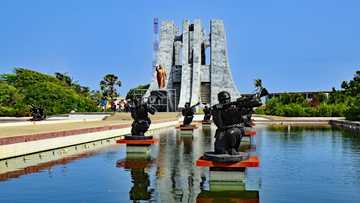Apartheid facts: 10 things you didn't know about segregation in South Africa
Africa has a rich history, but it cannot be told without some of its unforgettable scars such as apartheid in South Africa. What was the apartheid in South Africa? Apartheid was an era during the colonial times when the system institutionalized segregation based on race in South Africa and Namibia. Despite being in their ancestral land, Africans found themselves at the mercy of authoritarian white supremacists who ruled the land. It is an emotive topic that elicits a lot of emotions from Africans whose ancestors were victims of apartheid meted on them by the colonial government of the time. Whereas many people might be familiar with the concept of apartheid, they may not be aware of the many apartheid facts forming part of South Africa’s darkest moments in history.

Source: UGC
Apartheid meant Afrikaans for separateness in a structural and institutionalized way. South Africa has come a long way in people enjoying their freedom. The country has developed and is among the leading economies on the African continent.
That said, even though there has been an effort to ensure reconciliation of people with those who wronged them in the past, many South Africans still remember what the apartheid era was like, and it is something they are not ready to let go. To this day, there is some considerable resentment of whites in the country even though governments have changed and the apartheid rule was abolished long ago.
Apartheid facts
Some of the apartheid in South Africa facts that still linger on the minds of blacks include:
1. Apartheid was made into law in 1948
Who started the apartheid? Systemic racial stratification started taking shape in South Africa when it was under the Dutch Empire in the eighteenth century. Although the culture of apartheid had been in existence long before, it took effect as a law in 1948. This was when apartheid began being institutionalized through policies and regulations that made life tough for Africans.
These changes coincided with the dawn of World War II and the Great Depression that ensued after that. As a result, the government was experiencing economic distress; hence the Afrikaner National Party adopted apartheid as its slogan. The government of the day separated the whites from the blacks and separated the blacks even further as a measure of minimizing the strength of their political movements.
2. All races were arranged in a hierarchy
To this day, few elements in the population believe that some races are superior over others, but the situation was a lot worse during apartheid. Sadly, in this conversation, Africans have always been at the bottom of the pyramid, and thus they were forced to treat whites as superiors.
During South Africa’s apartheid, the whites were considered the most superior, followed by Asians and multiracial individuals, and then the Africans were last. These facts about apartheid show how the system was designed to disadvantage blacks while empowering other races.
3. Resources were awarded based on race

Source: UGC
It has been established that different races had different levels of superiority. What followed was to ensure there was minimum interaction of the races. Even though Africans were the owners of the land in South Africa, the whites made sure that those native Africans were limited in terms of land ownership through Acts such as the Glen Grey Act of 1894 engineered by Cecil Rhodes.
Africans were limited to fixed areas hence could not move with freedom. The white minority allocated themselves all the rich agricultural and urban areas hence controlling the means to rule those who lived under apartheid.
READ ALSO: Fact Check: Did South Africa grant Ghana a free visa?
4. 69 black people lost their lives in the Sharpeville Massacre of 1960
The Sharpeville Massacre of 1960 is an embodiment of the ugly face of apartheid explained as it happened in South Africa. Tired of how their lives had been suffocated by apartheid, especially with the enforcement of Pass Laws that denied Africans essential freedoms such as movement, the blacks decided to have a peaceful protest.
The protest intended to force the South African government at the time to abolish such laws that had propagated racial division. Unfortunately, the peaceful protestors lost their lives as police used excessive force, including live ammunition to put an end to the protests. A total of 69 unarmed blacks were killed by the police during that protest.
5. Public amenities could not be shared among different races
The situation during the apartheid era in South Africa was so dire to the point of there being an Act ensuring separation of amenities. The Reservation of Separate Amenities Act of 1953 was initiated to enforce the segregation of public facilities based on race.
This meant that things such as school, public transportation, hotels, and beaches could not be shared by Africans and whites. The division shows what was happening during apartheid to deny black Africans their dignity.
6. The ANC party was declared illegal in 1960
The ANC party of Africans was declared illegal in 1960. A year later, South Africa became a republic and chose to leave the Commonwealth. ANC was operating underground because it had been banned and the party launched a guerilla campaign. In response, President Botha dismantled some apartheid laws such as repealing the ban on interracial sex and marriages.
READ ALSO: Nzema: basic phrases and interesting facts
7. The process of repealing apartheid laws began in 1991
F.W. De Klerk took over from Botha as president of South Africa in 1989 and began the repudiation of apartheid. First on the agenda was to legalize the more than 30 political groups that had been previously prohibited, including the ANC.
It was not until 1991 that apartheid laws and racist restrictions were repealed and the government-initiated power-sharing talks between the state and 16 anti-apartheid groups. In 1993, De Klerk did apologize for apartheid saying he deeply regretted the loss of freedom and dignity inflicted on blacks.
8. The international community intervened to end apartheid
The South African government was adamant to end apartheid, but the international community was also not relenting on mounting pressure on the country to change. The United States of America and the U.K. were on the frontline imposing tough sanctions on South Africa for the gross human rights violations.
Some reforms had started during Pieter Botha’s time, including the abolition of Pass Laws and allowing interracial marriages, but it was still not enough. Consequently, Botha was forced to step aside, giving way to F.W. De Klerk to take over.
READ ALSO: Women of Ghana: 25 amazing facts
9. Nelson Mandela became the leader of ANC in 1990

Source: UGC
As F.W. De Klerk took over the leadership of South Africa, he joined hands with Nelson Mandela and started working on liberating the country from racial bondage. Mandela had been an anti-apartheid activist who was jailed for 27 years just because he was advocating for the freedom of blacks.
He was released in 1990 and became the leader of ANC. The two leaders oversaw the drafting of a new constitution that put an end to apartheid.
READ ALSO: Current affairs questions and answers in Ghana
10. Effects of apartheid are felt until now
Even with a new constitution that abolished apartheid and Africans taking over the leadership of the country, the effects of apartheid are yet to disappear in the country. To this day, it is the white minority who control most of South Africa’s wealth while the black majority languish in poverty. Racial animosity persists with factions in government calling for the state to take back land and property owned by the whites.
South Africa has made headlines in recent times due to xenophobia. Some South Africans have targeted and attacked other black foreigners living in the country. While many have been quick to condemn South Africans for attacking their brothers and sisters, there exist underlying factors leading to this behaviour. The majority of black South Africans are poor as a result of apartheid-era policies that denied them land and education. Understanding such apartheid facts is essential to put into perspective what blacks went through and the effects they have had to live with to this day.
READ ALSO: Visa Free Countries for Ghana in 2020 (A comprehensive list)
Source: YEN.com.gh








